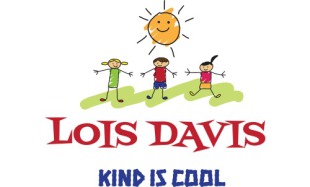The Ethos Behind My Writing
Some Causes and Effects
Some Facts about Bullying
One of the recurring problems children encounter today is bullying. Whilst of course, this is an age old problem, the social media dimensions now available, give opportunity for a darker side for many forms of bullying, making it an even more disturbing and challenging issue to deal with.
There is homophobic bullying, and the taunting of autistic children who can be easy targets for bullies as sometimes they prefer to play by themselves.
Being left out, made fun of and teased, being called names and humiliated (whether because of race, religion, customs, clothes or appearance) can have disastrous effects on a child.
In 2016:
There were over 25,700 Childline counselling sessions with children about bullying. There were over 11,000 counselling sessions with young people who talked to Childline about online issues.
The above two sources are from the NSPCC 2016.
Sadly, victims of bullying often become bullies themselves, learning from their peers and emulating them to make themselves feel more important. Wanting to be part of the 'in crowd' as they see it.
Rather than physically bullying, girls often bully emotionally. This may be to gain attention or to feel better about themselves, whereas boys are often more physical.
There is no divide when it comes to bullying. A child can come from the most loving of homes with wonderful caring parents but the child becomes a bully. These children may simply like to dominate others to feel more powerful.
Empathy
A child might just lack empathy, and if this is the case, all is not lost. We can teach our children how to be empathetic. We can teach them to put themselves in 'the other person's shoes', enabling them to respond to how that person is feeling. If a child is aware that somebody is feeling sad, just a friendly word or a smile can do so much, and all the while they are giving kindness. Empathy is a very valuable tool to teach a child. It goes way beyond the playground.
Peer Mediation
Some schools are implementing 'peer mediation.' Peer mediators do not make decisions or tell other children what to do. It teaches the child mediator how to be helpful and kind, building skills for the future such as confidence, responsibility, the ability to listen, and facilitating trust all the way round. Peer mediators do not take sides, but look to resolve an issue that will avoid further trouble in the future leaving both sides in a 'win-win' situation. Both the peer mediator and the children they are helping benefit hugely.
Interestingly, children who learn to show kindness, consideration, and empathy, gain as they develop, and are often the most successful in later life.


